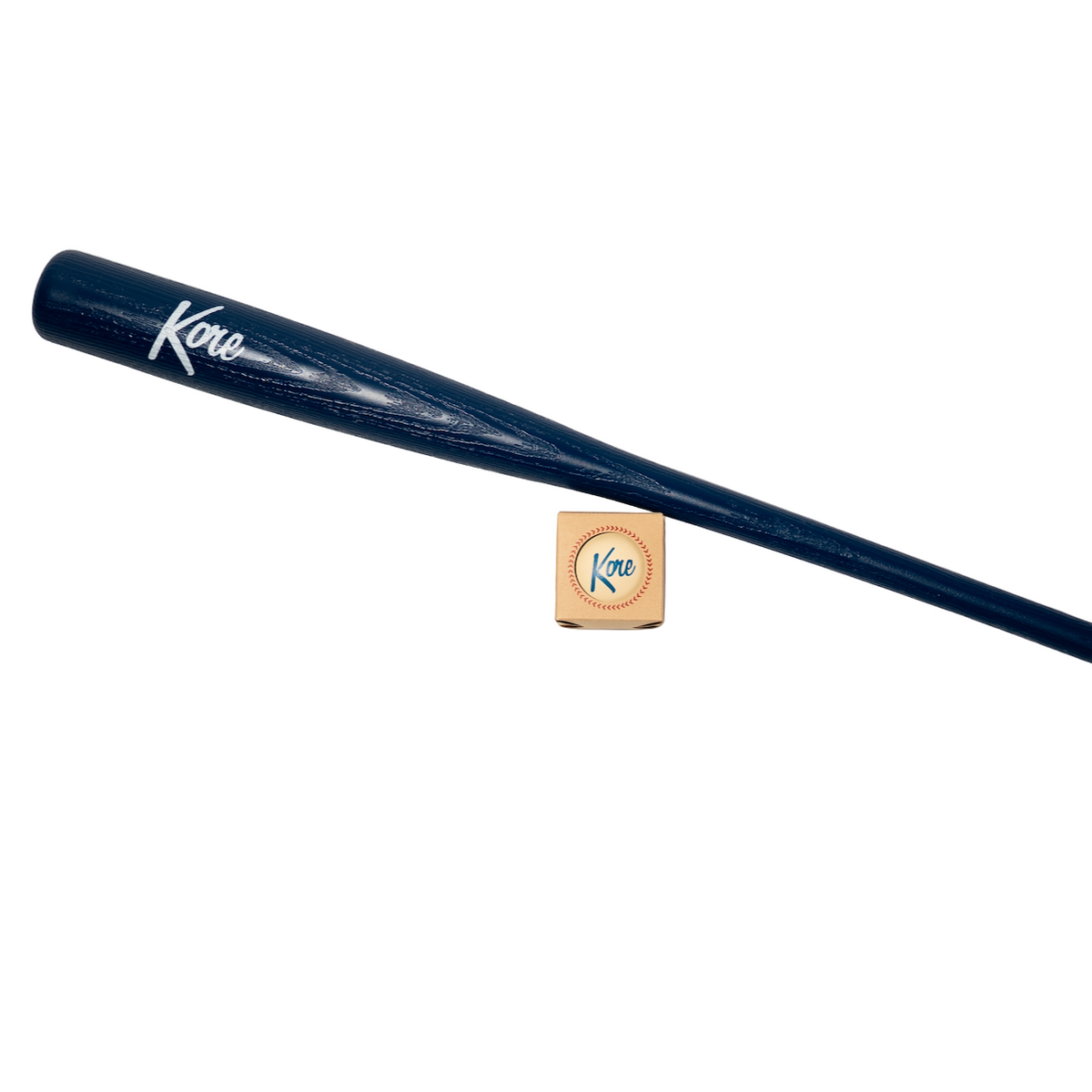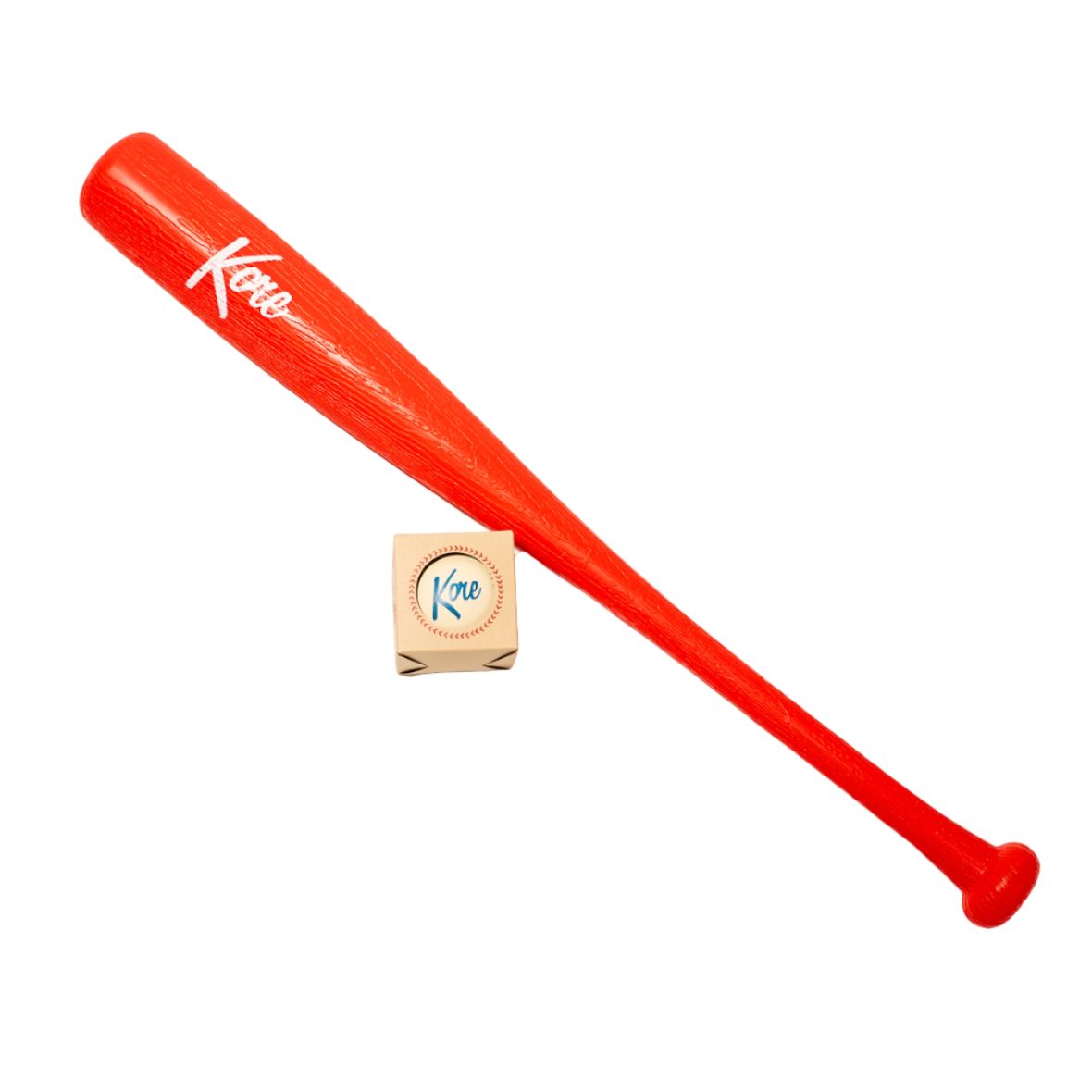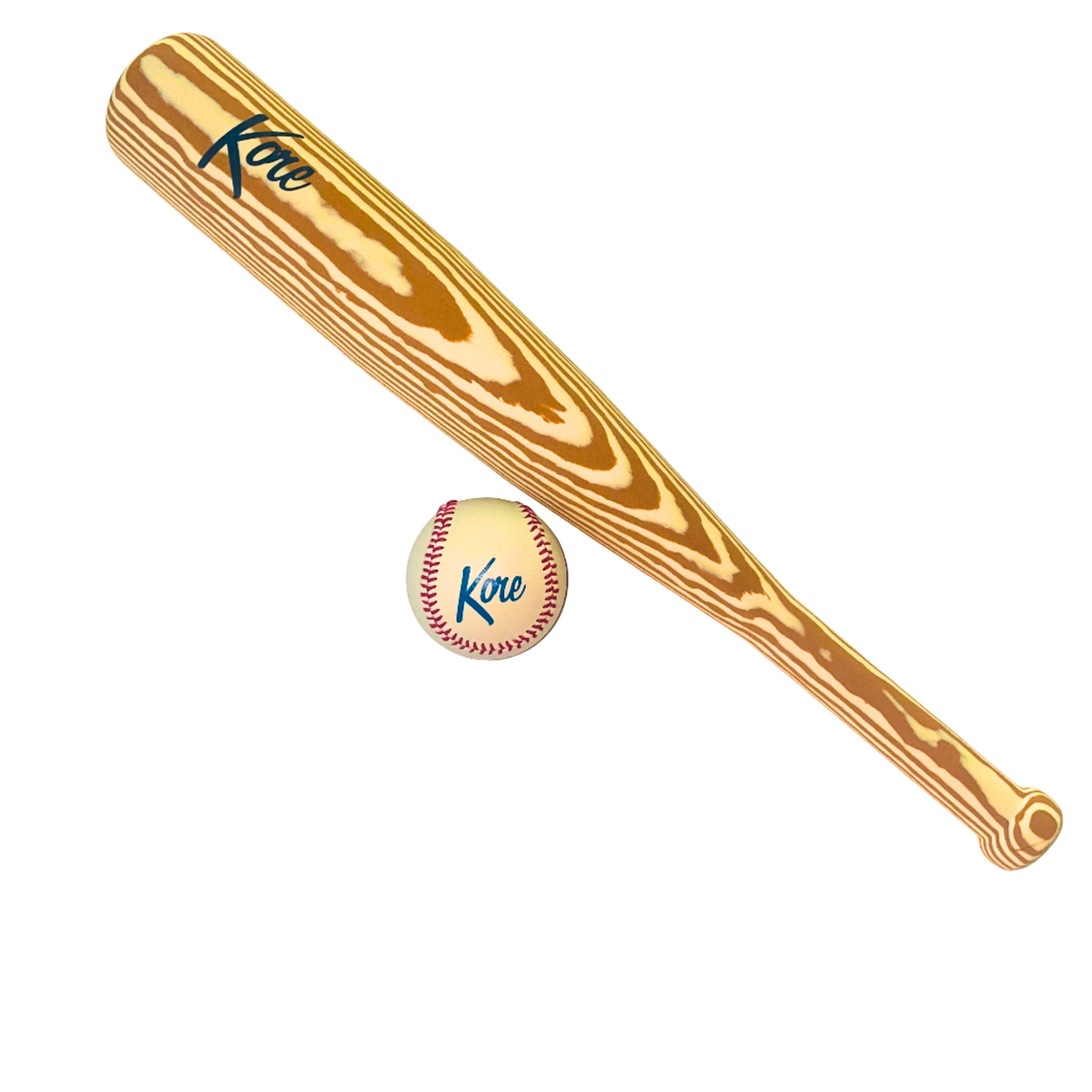Understanding the Basics: Pitch Types in Baseball
In the game of baseball, understanding the different pitch types is crucial for any hitter looking to excel at the plate. Familiarizing yourself with the various pitch types allows you to anticipate the movement, speed, and location of the ball, giving you a significant advantage over the pitcher. The three primary pitch types are fastballs, breaking balls, and changeups.
Fastballs:
Fastballs are the most common type of pitch thrown by pitchers. They are typically thrown with maximum velocity, aiding in deception and making them challenging to hit. Fastballs can be further classified into different types, such as the four-seam fastball, two-seam fastball, and cutters. Each type has its own distinct characteristics and requires specific hitting strategies.
The four-seam fastball, known for its high velocity and minimal movement, is often the most challenging to hit. Hitters need to have a quick swing and focus on making solid contact. On the other hand, the two-seam fastball is known for its sinking movement, making it important for batters to adjust their swing plane accordingly to avoid topping the ball. Cutters, which have sideways movement, require hitters to stay balanced and adjust to the late break for successful contact.
Breaking Balls:
Breaking balls are off-speed pitches that include curveballs and sliders. Curveballs feature a downward break with a sweeping motion, challenging hitters to recognize the spin and trajectory early to adjust their swing. Sliders, on the other hand, involve lateral movement instead of vertical drop, making them harder to differentiate from fastballs. Hitters must focus on recognizing and adjusting to the early break of a slider to make solid contact.
Developing effective strategies against breaking balls involves studying the pitcher's arm action and release point to differentiate between curveballs and sliders. Additionally, hitters need to focus on recognizing spin cues and anticipate the break of these pitches. Proper adjustments in swing mechanics and timing are crucial for success against breaking balls.
Understanding the Basics: Pitch Types in Baseball
In the game of baseball, understanding the different pitch types is crucial for any hitter looking to excel at the plate. Familiarizing yourself with the various pitch types allows you to anticipate the movement, speed, and location of the ball, giving you a significant advantage over the pitcher. The three primary pitch types are fastballs, breaking balls, and changeups.
Fastballs:
Fastballs are the most common type of pitch thrown by pitchers. They are typically thrown with maximum velocity, aiding in deception and making them challenging to hit. Fastballs can be further classified into different types, such as the four-seam fastball, two-seam fastball, and cutters. Each type has its own distinct characteristics and requires specific hitting strategies.
The four-seam fastball, known for its high velocity and minimal movement, is often the most challenging to hit. Hitters need to have a quick swing and focus on making solid contact. On the other hand, the two-seam fastball is known for its sinking movement, making it important for batters to adjust their swing plane accordingly to avoid topping the ball. Cutters, which have sideways movement, require hitters to stay balanced and adjust to the late break for successful contact.
Breaking Balls:
Breaking balls are off-speed pitches that include curveballs and sliders. Curveballs feature a downward break with a sweeping motion, challenging hitters to recognize the spin and trajectory early to adjust their swing. Sliders, on the other hand, involve lateral movement instead of vertical drop, making them harder to differentiate from fastballs. Hitters must focus on recognizing and adjusting to the early break of a slider to make solid contact.
Developing effective strategies against breaking balls involves studying the pitcher's arm action and release point to differentiate between curveballs and sliders. Additionally, hitters need to focus on recognizing spin cues and anticipate the break of these pitches. Proper adjustments in swing mechanics and timing are crucial for success against breaking balls.
Changeups:
Changeups are deceptive pitches designed to disrupt the hitter's timing. They are thrown with the intention of mimicking a fastball but with reduced velocity. Changeups can have different grips and arm actions, causing the ball to slow down, confuse the hitter, and potentially induce weak contact or swing and misses.
Hitters must develop strategies to recognize changeups and adjust their timing accordingly. Identifying differences in arm speed, grip variations, and release points are essential for successful plate appearances against changeups. It is crucial to remain patient and refrain from committing to a premature swing when facing this pitch type.
Developing Effective Hitting Strategies for Different Pitch Types
Now that we have a basic understanding of the different pitch types in baseball, it's time to delve into strategies for optimizing your hitting approach based on these pitches. Developing effective hitting strategies involves several key elements:
- Preparing for the At-Bat: Studying pitchers and scouting reports, analyzing film to identify tendencies, and mentally visualizing success at the plate.
- Adjusting the Swing Mechanics: Recognizing pitch types and making quick decisions, adopting the proper stance and bat position for each type of pitch, and adjusting swing plane and contact points accordingly.
- Enhancing Bat Speed and Timing: Engaging in drills and exercises to improve bat speed, mastering timing mechanisms, and developing plate discipline and pitch recognition skills.
- Mental Approaches: Understanding how to handle pressure situations, engaging in positive visualization techniques, and adopting mental game strategies specific to different pitch types.
By focusing on these areas of development, you can significantly enhance your hitting performance against various pitch types, giving yourself a competitive edge as a batter.
Remember, honing your skills and continuously learning and adapting your approach based on different pitch types will ultimately lead to improved hitting performance on the baseball field.
Advanced Techniques for Mastering Pitch Types: Tips from the Pros
Learning from the insights and experiences of professional hitters can provide valuable guidance for mastering different pitch types. Professionals have honed their skills through years of practice and competition, and adopting their techniques can greatly benefit your hitting performance. Seek out advice from successful hitters, watch interviews, and read articles or books that offer tips specifically for hitting various pitch types. Proven techniques from the pros will help you refine your approach and adapt to the different challenges posed by different pitches.
Practice Drills and Training Regimens
Improving your hitting skills requires consistent practice and specific training regimens tailored to each pitch type. Here are some drills and exercises to incorporate into your practice routine:
- Pitch Recognition Exercises: Use visual cues or train with a pitching machine to enhance your ability to quickly recognize different pitch types.
- Batting Cage Drills for Pitch Type Simulation: Use a pitching machine or have a coach throw pitches to simulate game-like scenarios in a controlled setting.
- Live Batting Practice Techniques: Regularly face live pitching to develop better instincts and refine your timing against different pitch types.
By integrating these practice drills and training regimens into your routine, you can improve your ability to adapt to various pitches and develop a more effective approach at the plate.
Common Mistakes to Avoid
While mastering hitting strategies for different pitch types, it's also important to be aware of common mistakes that can hinder your progress. Here are a few pitfalls to avoid:
- Failure to adjust to pitch types: Neglecting to recognize and adjust to different pitch types can lead to ineffective swings and missed opportunities.
- Overthinking and paralysis by analysis: Trying to analyze every pitch in detail can overwhelm your thought process and impair your natural instincts. Trust your preparation and let your training take over in the batter's box.
- Lack of patience and plate discipline: Impatience often leads to swinging at pitches outside the strike zone or early in the count, resulting in poor contact or strikeouts. Develop patience and discipline to wait for the right pitch to drive.
Avoiding these common mistakes will contribute towards your growth as a hitter and help you maximize your potential at the plate.
Mastering baseball hitting strategies for different pitch types is a continuous process that requires dedication, practice, and a willingness to learn and adapt. Understanding the nuances of fastballs, breaking balls, and changeups allows you to develop targeted approaches for each pitch type, giving you an edge as a hitter.
By implementing the techniques and advice provided in this guide, such as studying pitchers, adjusting swing mechanics, enhancing bat speed and timing, and adopting effective mental approaches, you can elevate your hitting abilities and excel in the batter's box.
Remember, the key to success lies in consistent practice, continuously learning from the pros, and staying committed to refining your skills. With time, patience, and perseverance, you can unlock your full potential as a hitter and become a force to be reckoned with on the baseball field.





